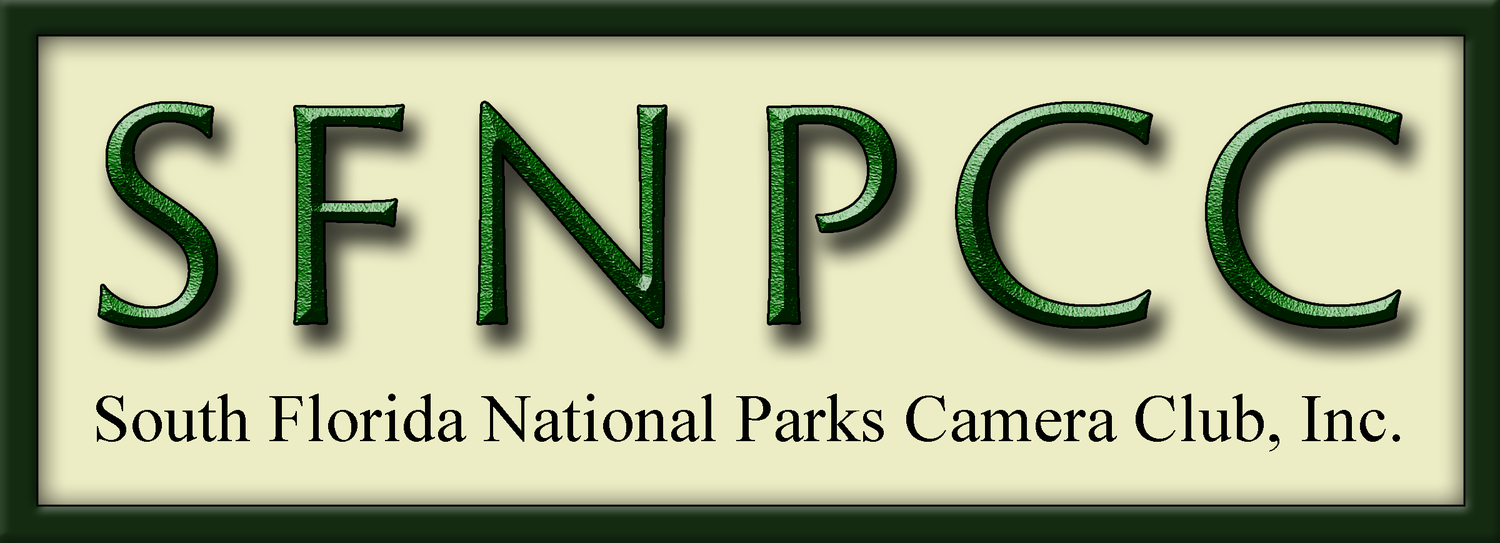Yes, it's a Thursday night. Experience says the most active time for Geminids are just one night - the peak night. We tried it last year two days after the peak, and there was nothing. If you can come along, great, if not, I'm sorry. I can't change the stars... not yet anyway! (Hey, be like me and make it a great excuse for a day off (*cough*sneeze*cough*)! Otherwise, if you want to try your luck on Friday or Saturday, the park is open 24-7! You don't need a club event to go out and shoot.
Camera equipment:
1) Camera (of course)
2) Widest lens with widest aperture (smallest f-number)
3) Tripod
4) Shutter release cable or equivalent
5) Fully charge batteries (have a back up)
6) See below for other helpful items and tips.
Your best bet for capturing meteors is through time-lapse. Essentially you'll want your widest lens, with the largest aperture (small f-number), set camera to continuous shooting mode, and just point to the sky. Some people will use props or trees to give the image some interest. You'll also want some sort of remote shutter release cable to reduce camera shake.
Set up your focus the afternoon before so you won’t have to find infinity in the dark. It's difficult but not impossible. Do what you’re comfortable with.
With your camera pre-focused in the largest aperture, you just have to decide if you want your images to be pin-point stars or trailing stars. And that will determine your shutter speed. Use the 500 rule to determine your shutter speed for pin point stars (500 divided by the width of your lens equals your shutter speed; If I have a 24mm lens that’s 500 / 24 = 20.83333 or just round to 20 seconds. If you have a crop-sensor camera, multiply your lens mm by the factor [Nikon 1.5, Canon 1.6, Olympus Micro 4/3’s is 2.0] first). If you decide to trail, set for a 30 second exposure. After you determine your shutter speed, take a few test shots in the field to adjust your ISO. Start at 3200 and check the histogram. Move your ISO up or down to create the properly exposed image you want. Make sure if you use props that they too are in focus or shoot those separately. Then you just do like o’l As Seen on TV Ad says “set it and forget it”. Grab a lawn chair and relax. Keep your mind on how long you’re shooting and check periodically for condensation on the lens. That’s a shot killer.
Just some helpful tips for the night.
1) BRING EVERYTHING you will need. We’ll be just steps from our vehicles.
2) BRING ALL MOSQUITO REPELLENT Spray, suits, and ThermaCells. Mosquitoes are not as prevalent as in other years, but they are still there. Don’t come unprepared.
3) REDUCE LIGHT USE Many will be shooting timelapse and arrant lights are a HUGE no no. Last meteor shower we shot as a group there were a lot of unwanted lights floating about. Please don’t let that happen again. Limit going in and out of vehicles or learn how to turn off the warning lights that come on when you do. In my 2015 Equinox I can turn off all blinking lights horns etc. when opening doors or locking. Check your owners manual. If you can’t, park far enough away from the rest of the group that it wont interfere. Headlights and taillights especially are the worst offenders.
4) NO RED (or colored) LIGHTS - Yes they are great for watching the stars, but when photographing them and that red seeps into someone else’s shot, it’s difficult to remove. Just use regular white lights and keep them dim or isolated to just the subject.
5) SNACKS/DRINKS. Lets stay hydrated and satisfied.
6) LAWN CHAIRS Patience is a definite virtue when shooting timelapse and meteor showers. Bring something comfortable to sit in while the camera does the work.
7) LENS WARMERS Remember, it will get cooler at night and condensation is a definite possibility. Bring some sort of battery operated lens warmer or mitten warmers to keep it off the lens.
8) PRE FOCUS TO INFINITY Just like all night shoots, you want your lenses to be pre focused to infinity before you get there. Do it that afternoon and tape it off and you’ll be set to go when you get there.
That’s about it. Email me if you have any questions about what to bring.
Plans for location is in the Everglades. We’ll meet at Ernest Coe Visitor’s Center at 9pm and go from there. Hope to see you there!
PLEASE RSVP or if you have any questions here info@snfpcc.org
The famous winter meteor shower will sling bright shooting stars in mid-December, marking the brightest shower of the year. The shower peaks the night of Dec. 13-14, according to NASA meteor expert Bill Cooke.
The Geminids are considered one of the best meteor showers every year because the individual meteors are bright, and they come fast and furious: This year, there will be more than 1 per minute, reaching 100 meteors per hour. Under light-polluted skies, fewer meteors will be visible.
"The best time to view the Geminids is around 2 a.m. local time," Cooke said. "The moon will be first quarter, so it will set around midnight (11:08pm); there will be no moonlight to interfere with the Geminids this year."
The above excerpt is from space.com. See the link for more info https://www.space.com/34921-geminid-meteor-shower-guide.html

